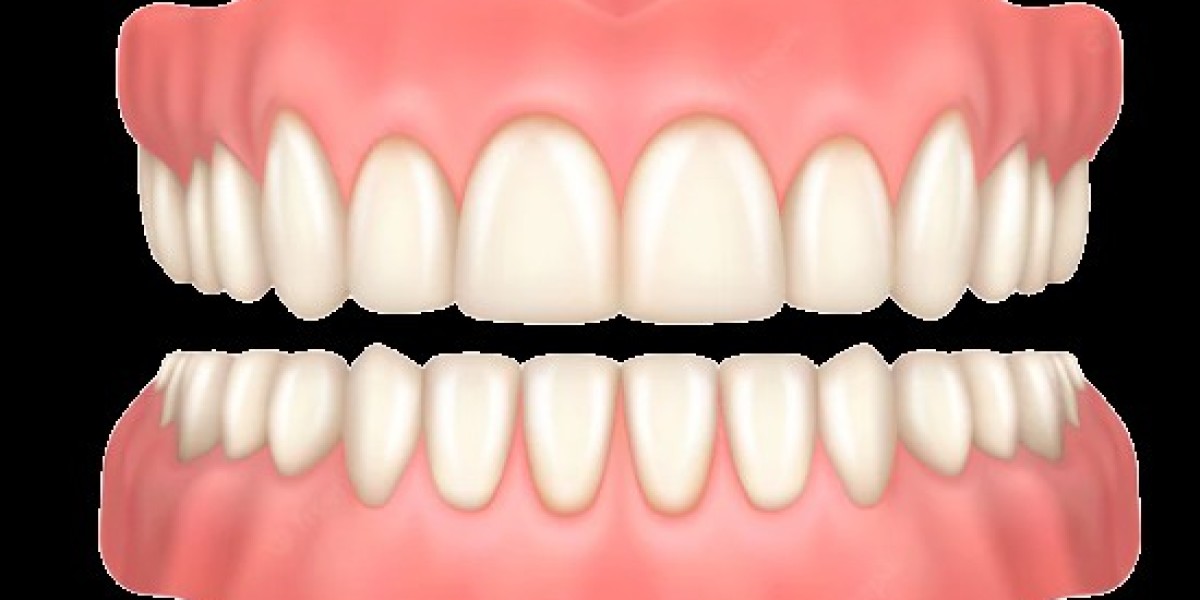Whether caused by trauma, decay, gum disease, or ageing, missing teeth can lead to difficulty in chewing, speech issues, and bone loss. Thankfully, modern dentistry offers a highly effective and long-lasting solution: dental implants.
Dental implants are considered the gold standard for tooth replacement. In this comprehensive guide, we will explore what dental implants are, how they work, the procedure involved, their benefits, suitability, risks, costs, and aftercare—equipping you with everything you need to know before considering this life-changing treatment.
What Are Dental Implants?
Dental implants are artificial tooth roots made from titanium or zirconia, surgically placed into the jawbone to support replacement teeth. Once the implant has integrated with the bone, it acts as a stable foundation for a crown (single tooth), bridge (multiple teeth) or denture (full arch restoration).
Unlike traditional dentures or bridges, implants are fixed in place, feel and function like natural teeth, and can last a lifetime with proper care.
Why Choose Dental Implants?
Tooth loss affects far more than just aesthetics. It can lead to a cascade of oral health problems, such as:
Shifting of surrounding teeth
Jawbone deterioration
Facial sagging
Reduced bite strength
Speech difficulties
Dental implants provide a comprehensive solution by:
Preserving bone density
Maintaining facial structure
Restoring chewing function
Offering a natural-looking smile
Whether you're missing one tooth or several, implants can restore both form and function permanently.
Types of Dental Implants
Dental implants are versatile and can be tailored to suit individual needs. Common types include:
1. Single Tooth Implant
Used to replace one missing tooth. It consists of an implant, abutment (connector), and crown.
2. Implant-Supported Bridge
Ideal for patients missing multiple adjacent teeth. Two or more implants support a fixed bridge.
3. All-on-4 or All-on-6 Implants
Used to restore an entire arch of teeth (upper or lower) using just four or six implants. A fixed denture is attached, offering a secure and stable full-mouth restoration.
4. Zygomatic Implants
Used when patients lack sufficient bone in the upper jaw. These longer implants anchor into the cheekbone (zygoma) rather than the jawbone.
Who is a Suitable Candidate for Dental Implants?
Most healthy adults are good candidates for dental implants. However, ideal candidates should have:
Healthy gums
Sufficient jawbone density
Good oral hygiene
No uncontrolled chronic conditions (e.g., diabetes, immune disorders)
Non-smokers or willingness to quit
If bone loss is present, bone grafting may be required before implant placement.
Your dentist or oral surgeon will carry out a comprehensive examination, including X-rays or a 3D CT scan, to assess your suitability.
The Dental Implant Procedure: Step-by-Step
The dental implant journey is usually carried out in stages over several months. Here's what to expect:
1. Initial Consultation
Your dentist will assess your oral health, medical history, and imaging results. A detailed treatment plan will be created.
2. Tooth Extraction (if required)
If the damaged tooth is still present, it will be extracted.
3. Bone Grafting (if required)
If the jawbone is too thin or soft, a graft may be placed to ensure the implant has a strong foundation. Healing may take 3–6 months.
4. Implant Placement
Under local anaesthesia (or sedation), the implant is surgically inserted into the jawbone. A healing cap may be placed on top.
5. Osseointegration
This is the healing period during which the implant fuses with the jawbone—usually taking 3 to 6 months.
6. Abutment Placement
Once osseointegration is complete, a small connector (abutment) is attached to the implant. This will hold the crown or prosthesis.
7. Crown or Prosthetic Attachment
After the gum tissue has healed around the abutment, the final crown, bridge, or denture is secured in place.
Benefits of Dental Implants
Dental implants offer a range of advantages compared to other tooth replacement options:
Natural Look and Feel
Implants closely mimic natural teeth in appearance, function, and sensation.
Improved Chewing and Speech
Unlike removable dentures, implants restore full bite strength and clarity of speech.
Prevents Bone Loss
Implants stimulate the jawbone, preventing the deterioration that typically follows tooth loss.
Preserves Adjacent Teeth
Unlike bridges, implants do not require the grinding down of healthy teeth for support.
Permanent Solution
With proper care, implants can last 20+ years, often a lifetime.
High Success Rate
Dental implants have a success rate of over 95%, making them one of the most reliable procedures in dentistry.
Potential Risks and Complications
While dental implants are generally safe, some risks include:
Infection at the implant site
Nerve or sinus damage
Implant failure (rare, especially with proper planning)
Prolonged healing in smokers or those with chronic conditions
Choosing an experienced and qualified implant dentist can significantly reduce the risk of complications.
Cost of Dental Implants in the UK
The cost of dental implants varies based on several factors, including the number of implants, need for bone grafting, type of restoration, and location. Here’s a general cost guide:
Single Tooth Implant (including crown): £2,000 – £2,800
Implant-Supported Bridge: £4,000 – £8,000
All-on-4 Full Arch: £12,000 – £16,000 per arch
Bone Grafting/Sinus Lift: £300 – £1,000 (if required)
While implants are a significant investment, their durability and long-term value make them a worthwhile choice. Many clinics offer 0% interest payment plans or financing options to help manage the cost.
Note: Implants are not usually available on the NHS unless medically necessary.
Aftercare and Maintenance
Maintaining your dental implants is essential for long-term success. Here are some key tips:
Brush twice daily with a soft-bristled toothbrush
Floss or use interdental brushes to clean around the implant
Avoid smoking, which can affect healing and increase risk of implant failure
Attend regular dental check-ups and hygienist appointments
Avoid biting on hard items (e.g., ice, pens, fingernails)
With the right care, your implants can remain functional and aesthetic for decades.
Myths About Dental Implants – Debunked
Implants are painful
The procedure is done under anaesthesia, and most patients report only mild discomfort afterwards.
Implants are only for older adults
Adults of any age can get implants once jawbone growth is complete (typically after age 18).
Implants require excessive maintenance
They require the same care as natural teeth—regular brushing, flossing, and dental visits.
Implants often fail
With modern techniques and proper care, implant success rates exceed 95%.
Dental Implants vs Other Tooth Replacement Options
| Feature | Dental Implants | Dental Bridge | Dentures |
|---|---|---|---|
| Permanence | Long-term / Lifetime | 5–15 years | 5–10 years |
| Aesthetics | High | Moderate–High | Moderate |
| Comfort | Feels like natural teeth | Can cause pressure | May move or irritate |
| Bone Preservation | Yes | No | No |
| Maintenance | Normal oral hygiene | Special cleaning tools | Daily removal & cleaning |
| Cost | Higher upfront | Moderate | Lower upfront |
Finding a Qualified Implant Dentist
Choosing the right provider is crucial for a successful implant outcome. Look for:
GDC-registered dentists with post-graduate training in implantology
Clinics with in-house 3D imaging (CBCT) and guided surgery technology
Before-and-after portfolios
Transparent pricing and payment options
Positive patient reviews and testimonials
Some dental clinics are accredited by the International Congress of Oral Implantologists (ICOI) or the Association of Dental Implantology (ADI)—a mark of advanced expertise.
Final Thoughts
Dental implants have revolutionised the way we approach tooth loss, offering a reliable, aesthetically pleasing, and long-term solution that restores both function and confidence. Whether you're missing one tooth or require full-mouth restoration, implants can significantly improve your quality of life.
While the journey may take several months, the results are often life-changing—bringing back the ability to eat, speak, and smile freely.








